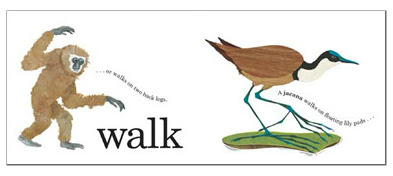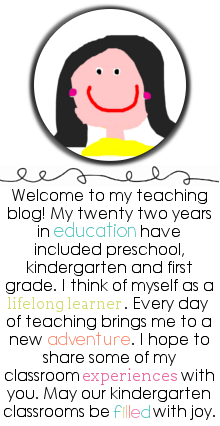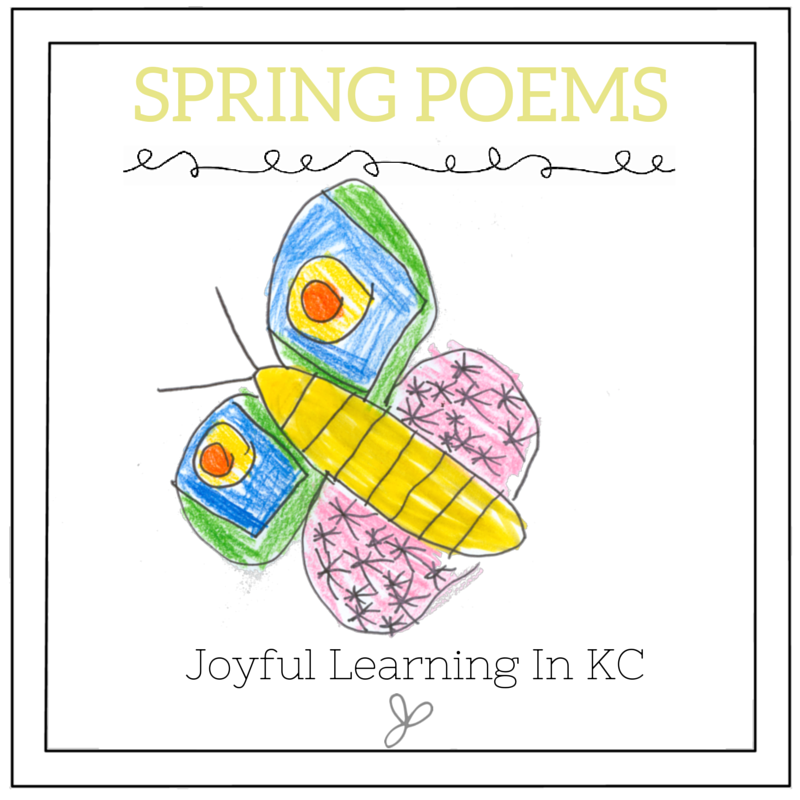I am on school vacation this week, so one of my projects was to make some templates to go with some math books I love to use in my classroom. There are so many fantastic books that connect to math. For this post, I shared the book, a quick explanation and a response sheet I created.
Teaching The Lesson
When I am presenting a lesson with a book, I often revisit the book many times. I have a lot of discussions on what we notice about the book and how it connects to math. On a different day, I will present the problem we will focus on that day and reread the story. After the reading, I will often demonstrate a way to approach the problem with student input. I often have the class give me a few different suggestions. I always model on the easel and will incorporate using math manipulates.
Each page in this book has some fishes and in the corner, it pulses one more fish. If you look closely on the first page, Lois has a hidden word.
Brightly colored fish introduce young children to counting and basic addition in this fun and simple concept book. FISH EYES is one of my favorite Lois Ehlert books; it can lend itself readily to so many follow-up lessons. Her illustrations are bold, bright and beautiful. Making fish was an easy task for many made beautiful patterns.
 |
Luminous pictures and a buoyant, chant-aloud text, combine to make this two-way counting book as joyous and magical as catching fireflies on a summer night.
I love this book! I don't know if it's because I have only seen a firefly once in my life, and it felt magical. My class did an excellent job writing sentences + and - problems. I encouraged students to write a full sentence so that friends could solve them on a different day. |
 |
Quack and Count is a cute story of a group of ducks who are learning to fly. Throughout the book, the author presents the ducks in different combinations to represent addition up to seven.
Quack and Count is a book that I just stumbled upon, and it's perfect for kindergarten especially when introducing addition. When I did the response sheet below many of my students went a little crazy with drawing detailed ducks. |
 |
One hunter walks through the jungle. He does not see two elephants or three giraffes. But they see him!
The hunter problem is tricky! I would have students use cubes to solve this problem and encourage students to work with a friend. When recording, I would encourage students to do a quick and efficient way to record. I do plan on doing this problem in a few weeks. With a problem, this challenging, I am more interested in how students approach the problem, collaborate with peers and the different ways they find the solution. |
 |
Mr. Mrs. finds a magic pot that makes a copy of everything
that gets put inside it. |

 |
An imaginative little boy explores the many pleasures that can be found in--and made from--his grandmother's button box.
We have a few math investigations in the fall that focus on buttons. I often create a quick sheet to record. I know the recording piece is challenging so I thought having some words at the bottom would be helpful. We often look at a button and describe its attributes that connect nicely to this book and The Lost Button. After reading this story, you could make a list of all the different kinds of buttons/attributes mentioned in the story.
1 2 3 4 5 6 7 8 9 10 __ 12 What happened to 11? Is it in the magician's hat? Maybe it's in the mailbox or hiding in the jack-o'-lantern? Don't forget to look in the barnyard where the hen awaits the arrival of her new little chicks. Could that be where eleven went? Eve Merriam and Bernie Karlin take young readers on a counting adventure as they demonstrate twelve witty and imaginative ways to get to eleven.
12 Ways to Get to 11 is an excellent book. You can easily make a class book 21 ways to get to 11 or use any number. I had to include this book in case someone does not know it!
|
If you have a favorite math book, I would love to hear from you!














































































